If you have driven down the 101 going towards Agoura Hills, I'm sure you've seen the construction on what seems to be a bridge being built. Don’t be deceived; this isn't just your average bridge. This is the Wallis Annenberg Wildlife Crossing.
While serving the same purpose as a bridge, this crossing isn't meant for humans or vehicles; it is meant for wildlife. An estimated 1-2 million large wild animals are killed on U.S. roads and highways each year, and 12 endangered and/or threatened species are directly affected by U.S. road ways. The crossing will help these animals cross the freeway and prevent future animal death from head-on collisions, improving habitat connectivity and genetic diversity.
The crossing will connect the Santa Monica Mountains to Simi Hills and the Santa Susana Mountains to the north. This will create a vital connection, helping animals, such as mountain lions, bobcats, gray foxes, coyotes, and mule deer, travel between the two mountain ranges and most importantly signify the health of these species' genetic biodiversity.
You may be wondering, what does a bridge for animals have to do with their genetics? Well, let’s explore that.
The US-101 surrounds the Santa Monica mountain range, trapping all animals that live in this biodiverse habitat on what you could consider a land island. The large freeway makes it virtually impossible for animals to cross, preventing them from traveling to new habitats and meeting new mates.
This leads to species losing genetic diversity, as these animals run out of potential new mates, causing inbreeding and a loss in genetic connectivity.
This crossing is essential for securing the safety and populations of the surrounding wildlife population. The bridge is set to be expected to be completed in 2026 and will be a giant step towards conservation.

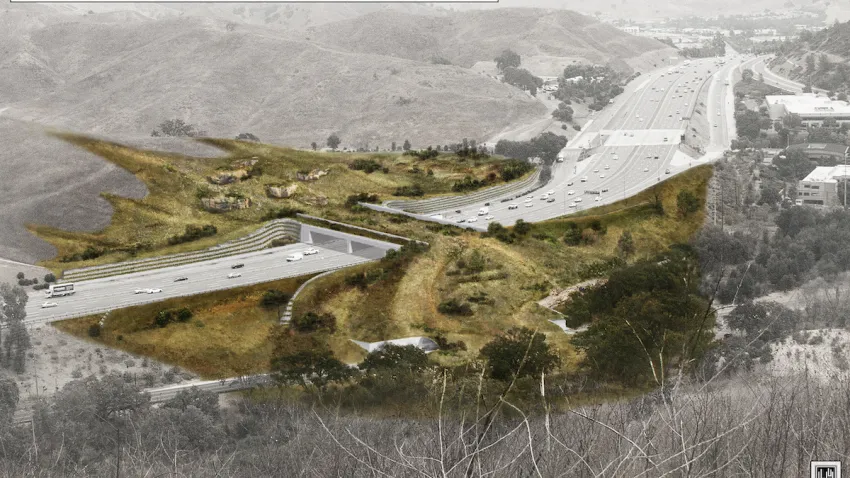


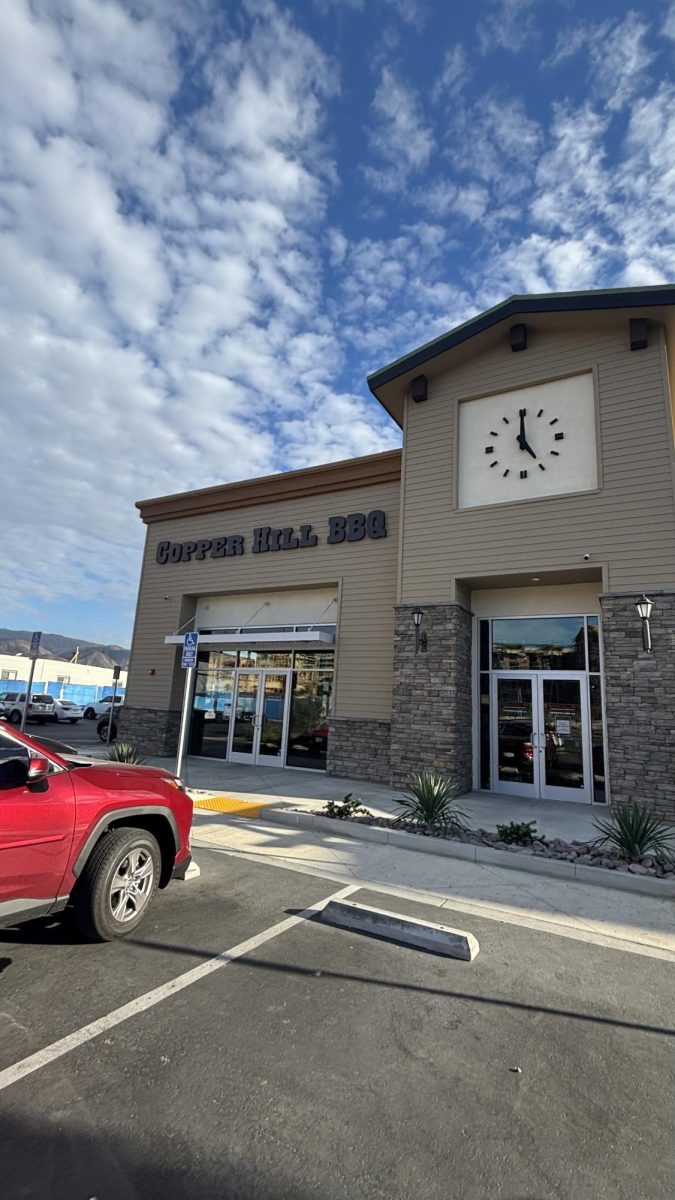
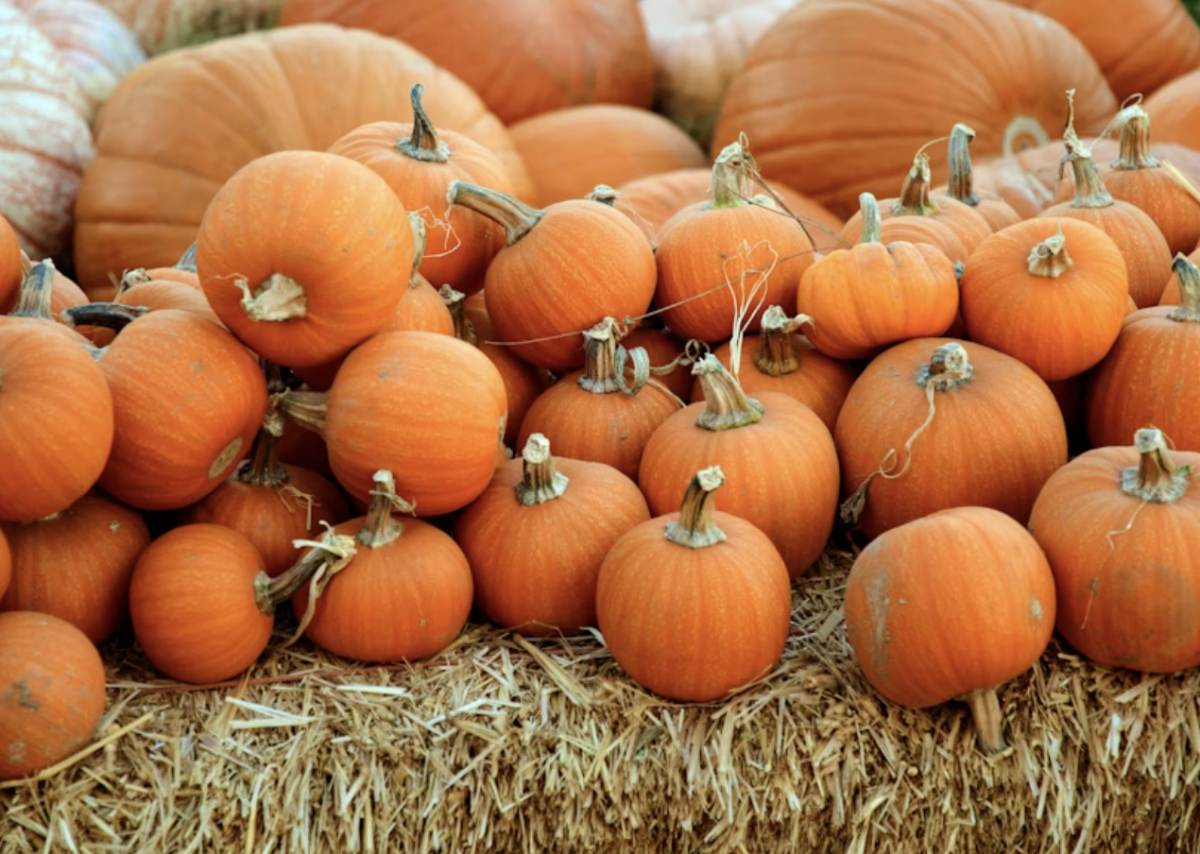
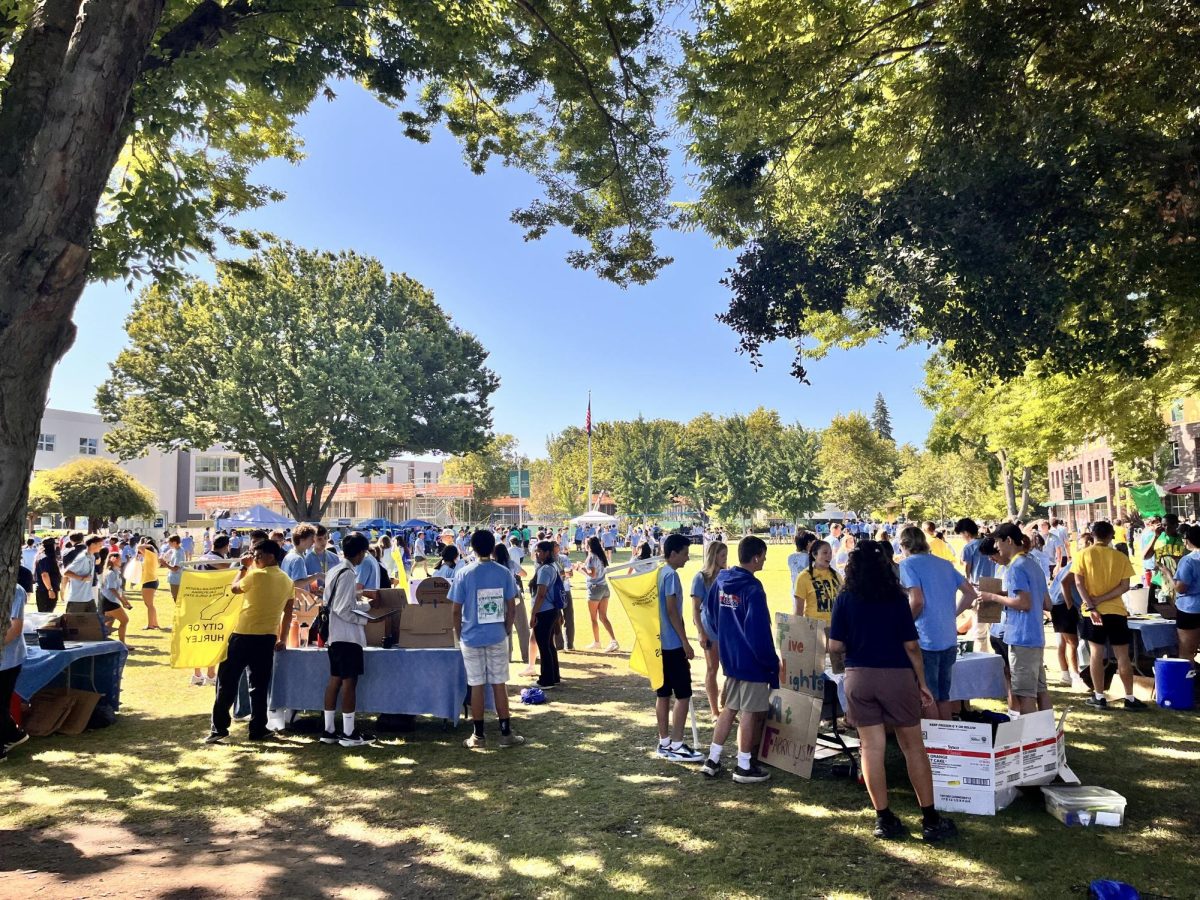
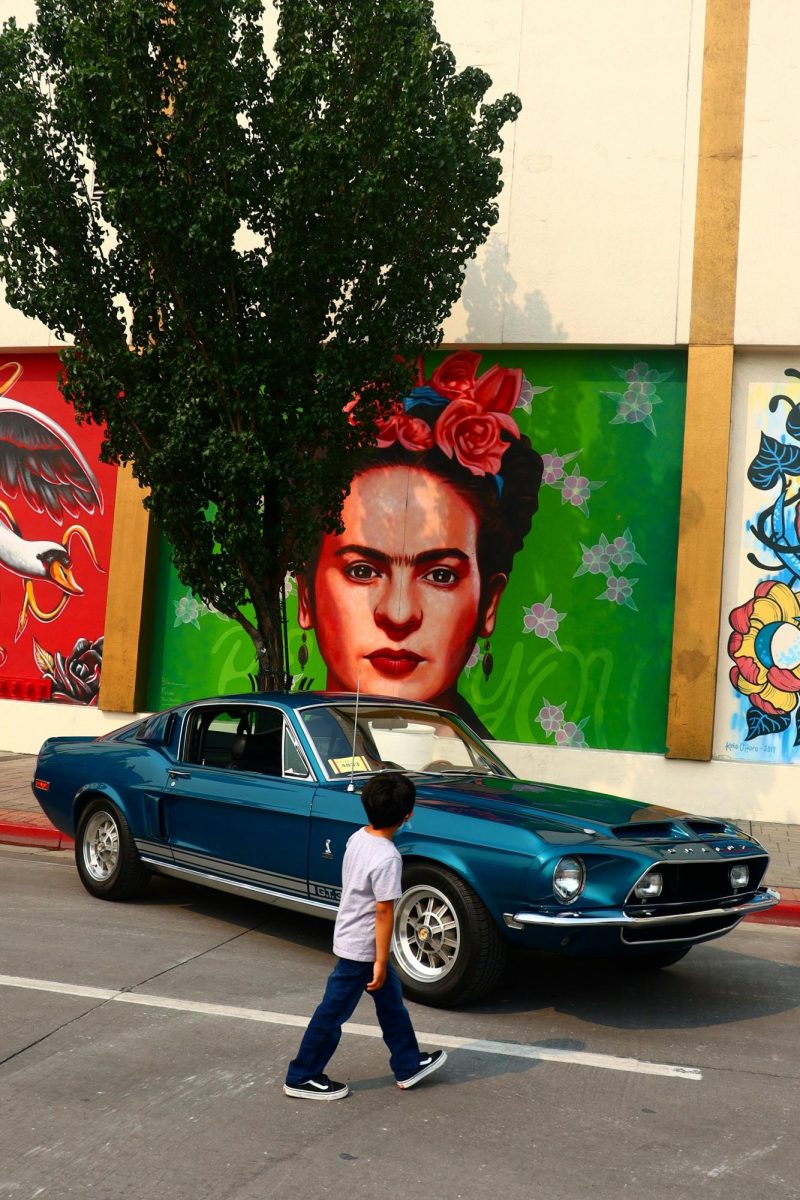
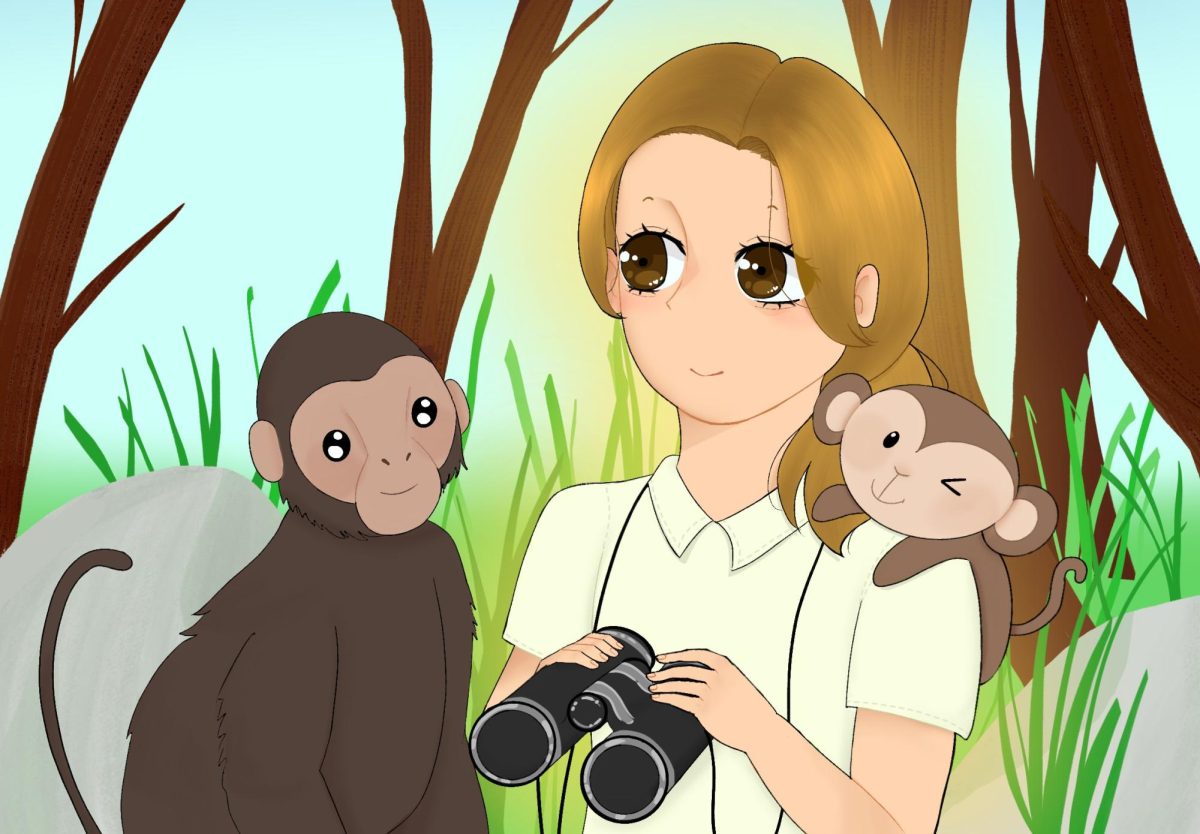
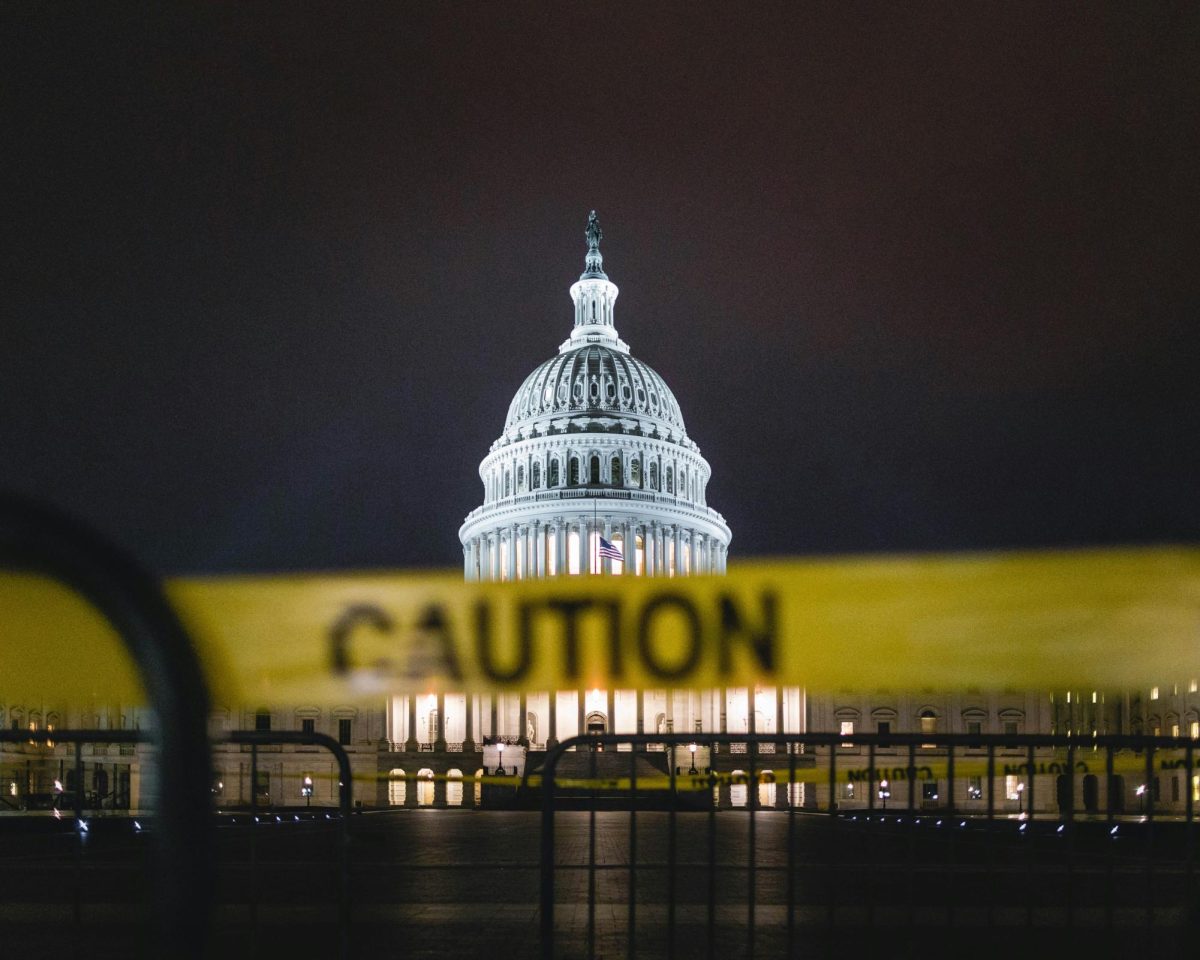
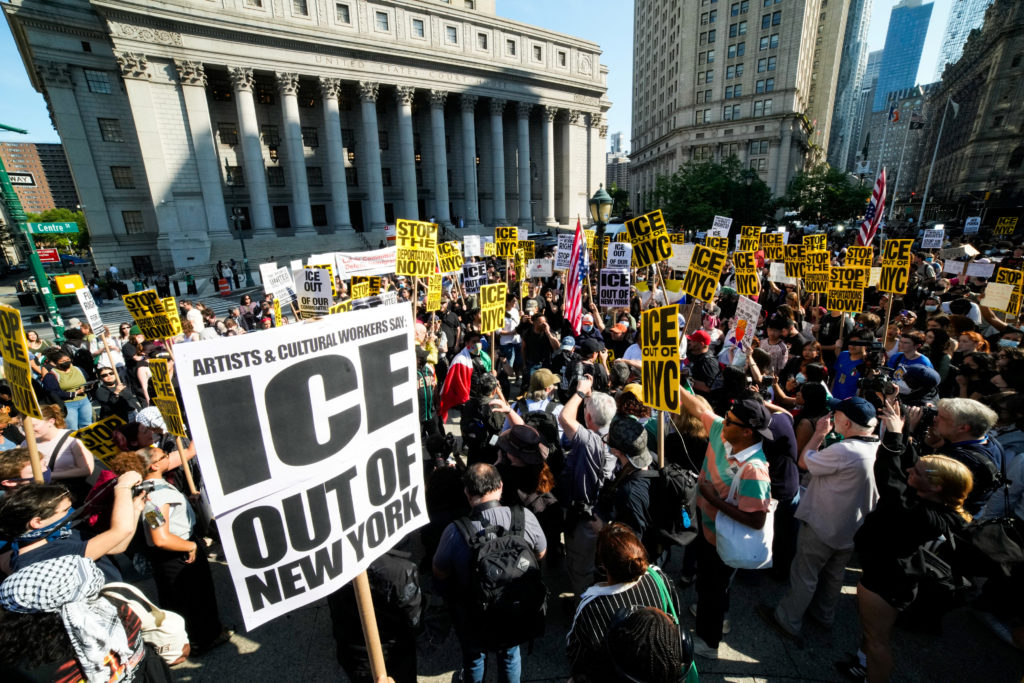
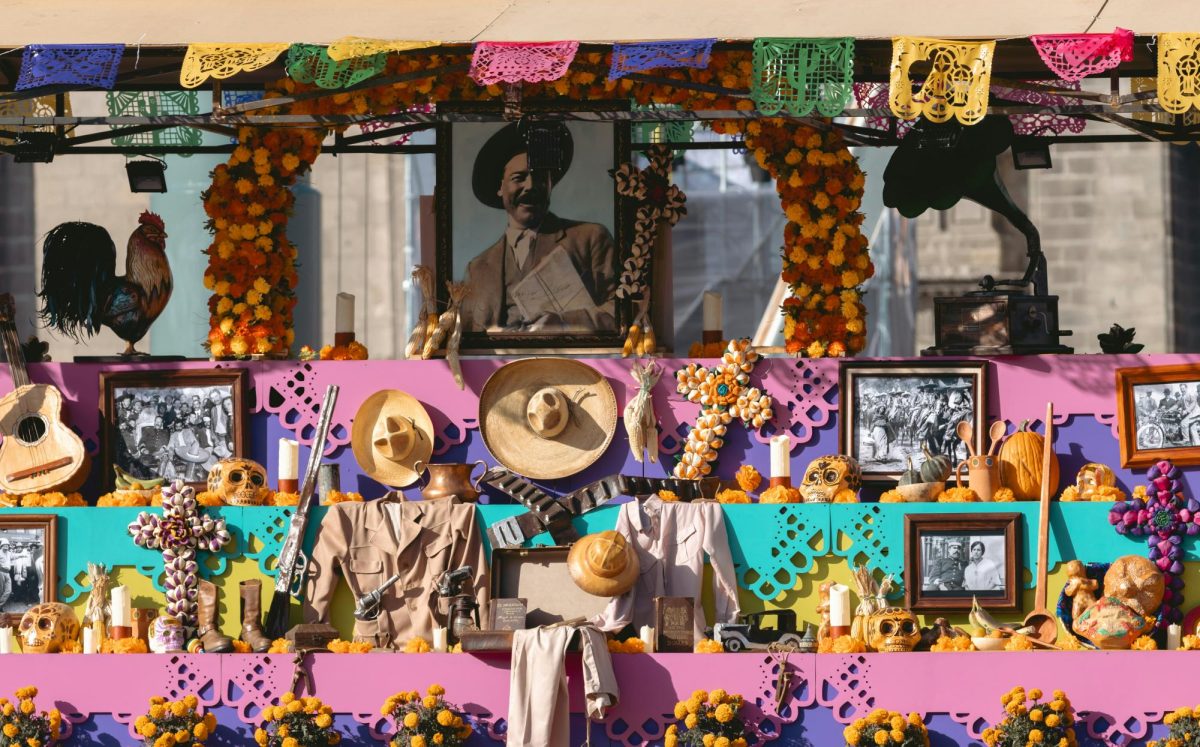

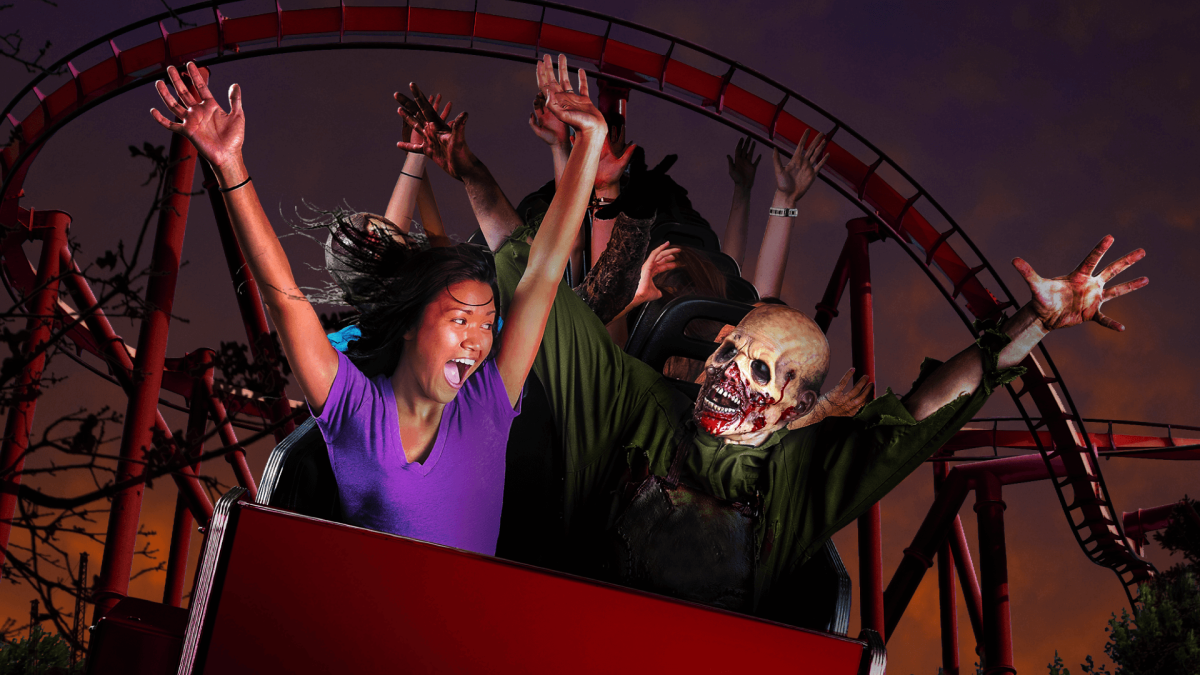

Denyse • Apr 25, 2025 at 5:59 pm
How will they know to cross over on the bridge, & not the 101… ?
Diego Melara • May 5, 2025 at 1:53 pm
Hey Denyse, I don’t know exactly what they do for the 101 but normally for Animal crossings they always fence the area around the crossing, encouraging and forcing animals to only use the crossing, thanks for the great question!